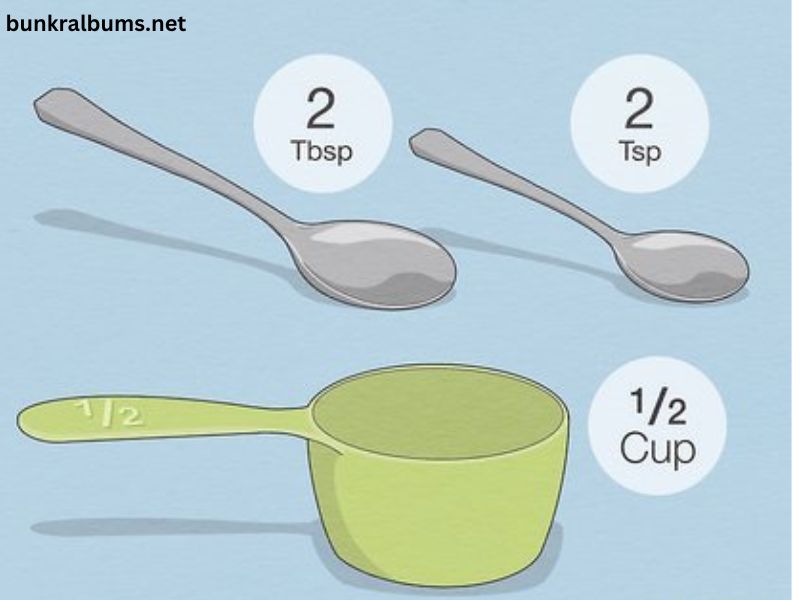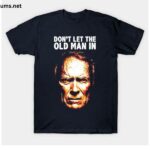Cooking and baking often involve precise measurements, and understanding how to convert between different units is essential for any culinary endeavor. One common question that arises in the kitchen is: “How many tablespoons are in 1/3 cup?” This article will explore this question in depth, providing not only the answer but also additional insights into measurement conversions, cooking tips, and the importance of accuracy in recipes.
Understanding Volume Measurements
Before diving into the specific conversion, it’s important to understand the volume measurement system used in cooking. In the United States, common measurements for volume include teaspoons, tablespoons, fluid ounces, cups, pints, quarts, and gallons. Each of these units can be interconverted, but knowing the relationships between them is crucial.
Basic Measurement Equivalents
To clarify some of these relationships, here are a few essential conversions:
- 1 cup = 16 tablespoons
- 1 cup = 8 fluid ounces
- 1/2 cup = 8 tablespoons
- 1/3 cup = approximately 5.33 tablespoons
Knowing that there are 16 tablespoons in a full cup, we can derive the conversion for 1/3 cup:
Calculating Tablespoons in 1/3 Cup
To find out how many tablespoons are in 1/3 cup, we can set up the calculation as follows:
- Determine the number of tablespoons in a full cup: 1 cup = 16 tablespoons.
- Calculate 1/3 of that amount: Tablespoons in 13 cup=16 tablespoons×13=163 tablespoons≈5.33 tablespoons\text{Tablespoons in } \frac{1}{3} \text{ cup} = 16 \, \text{tablespoons} \times \frac{1}{3} = \frac{16}{3} \, \text{tablespoons} \approx 5.33 \, \text{tablespoons}
Thus, there are approximately 5 tablespoons and 1 teaspoon in 1/3 cup, since 1 tablespoon equals 3 teaspoons.
Practical Applications in Cooking
Understanding how to measure accurately can make a significant difference in your cooking and baking results. Here’s how this knowledge can be practically applied in the kitchen:
Baking Precision
Baking is a science that requires precise measurements. An incorrect measurement can lead to underwhelming results, such as cakes that don’t rise or cookies that turn out too dry. When a recipe calls for 1/3 cup of an ingredient, using the accurate conversion of about 5.33 tablespoons ensures that you maintain the intended flavor and texture.
Cooking Versatility
In cooking, especially when improvising with recipes, knowing how to convert between different measurements can be helpful. For instance, if you’re preparing a sauce and only have a tablespoon at hand, you can confidently measure out the necessary amount by understanding that 1/3 cup equals approximately 5 tablespoons and a teaspoon.
Ingredient Substitutions
Sometimes, you may not have the exact ingredient called for in a recipe. For example, if a recipe requires 1/3 cup of sugar and you want to substitute with honey, you can convert 1/3 cup to tablespoons, and then adjust the measurement accordingly based on the sweetness level of honey compared to sugar.
Common Conversion Errors
While conversions are straightforward, mistakes can easily occur. Here are a few common pitfalls to avoid:
Misreading Measurements
Double-check whether the measurement is in cups, tablespoons, or teaspoons. Misreading can lead to significant differences in the amount of an ingredient used.
Confusing Dry and Liquid Measurements
Different ingredients have different densities. For instance, a cup of flour weighs less than a cup of sugar. When measuring dry ingredients versus liquids, be sure to use the correct measuring tools—dry measuring cups for dry ingredients and liquid measuring cups for liquids.
Tools for Accurate Measurements
Using the right tools can enhance your accuracy in the kitchen:
Measuring Cups
Investing in a good set of measuring cups can help eliminate confusion. Make sure you have both liquid measuring cups (usually glass or plastic with a spout) and dry measuring cups (typically metal or plastic with no spout) to facilitate accurate measurements.
Measuring Spoons
A set of measuring spoons will typically include 1 tablespoon, 1 teaspoon, and sometimes 1/2 teaspoon and 1/4 teaspoon. These can help you measure smaller quantities accurately, which is particularly useful when converting larger measurements like 1/3 cup into tablespoons.
Digital Scales
For those who want even more precision, especially in baking, a digital kitchen scale can be a game changer. Weighing ingredients can help ensure that you’re using the exact amount required, minimizing discrepancies that can arise from measuring by volume.
Importance of Measurement Accuracy
Accurate measurements are not just about following a recipe; they can significantly affect the outcome of your dish.
Taste and Texture
The balance of flavors in a recipe often relies on precise measurements. Too much salt, sugar, or any key ingredient can throw off the dish, leading to disappointment.
Consistency
If you’re baking regularly or preparing dishes for events, consistency becomes crucial. Knowing how to measure accurately means you can recreate the same delicious results every time.
Time-Saving
Understanding measurements can also save time in the kitchen. Instead of stopping to re-measure or convert, you can quickly and confidently put together your ingredients, allowing for a smoother cooking process.
Conclusion
In summary, when faced with the question of how many tablespoons are in 1/3 cup, the answer is approximately 5.33 tablespoons—or more practically, 5 tablespoons and 1 teaspoon. Understanding this conversion, along with other measurement relationships, is essential for successful cooking and baking.
Whether you’re whipping up a quick dinner or tackling a more complex baking project, precise measurements will elevate your culinary skills and help ensure that your creations are not only tasty but also consistent. By investing in the right measuring tools and understanding the importance of accuracy, you’ll find that cooking becomes a more enjoyable and rewarding experience. Happy cooking!



